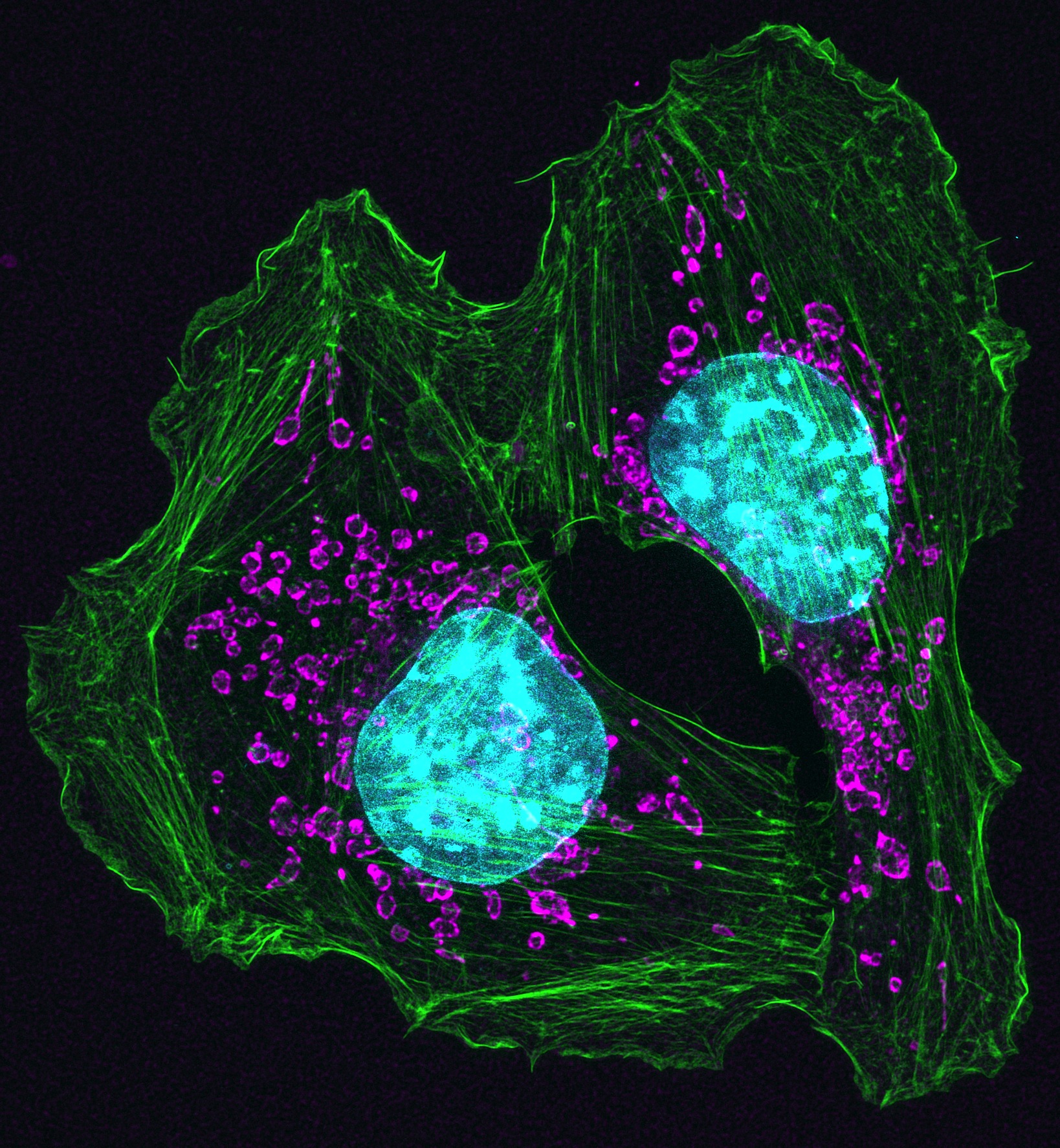
With a veritable myriad of cell parts to cover, it is easy for educators to become locked into marathon presentations that become taxing for both the instructor and the students. While we hope and expect that students master this material, the disconnect between this material and its practical value often encourages students to tune out. How can we cover this topic with the depth and breadth it deserves while simultaneously engaging the students? How can students learn the subtleties of the cell when each part is a world unto itself? Here I explain how educators can accomplish these goals using the “Cells: A World A Part” activity. In this activity, the class is divided into several teams that are each assigned a particular cell part. Guiding questions help students assess their current knowledge about their cell part so they can build on that knowledge using a constructivist approach. Students explore recent scientific literature, ask thought provoking questions, and propose experiments to address some of the enduring mysteries about their assigned cell part. As they work, students develop teamwork and time management skills; they also come to appreciate cell biology as they learn its real-world implications and discover how these cell parts relate to human disease. The climax of this activity is an exciting presentation session that enables students to showcase their scientific communication skills as they share their newfound knowledge with their classmates.
Here is a short video describing this Lesson:
[[{"fid":"1614","view_mode":"embed_large_","fields":{"format":"embed_large_"},"type":"media","link_text":null,"field_deltas":{"1":{"format":"embed_large_"}},"attributes":{"alt":"Introduction to the "Cells: A World A Part" Activity","class":"media-element file-embed-large-","data-delta":"1"}}]]